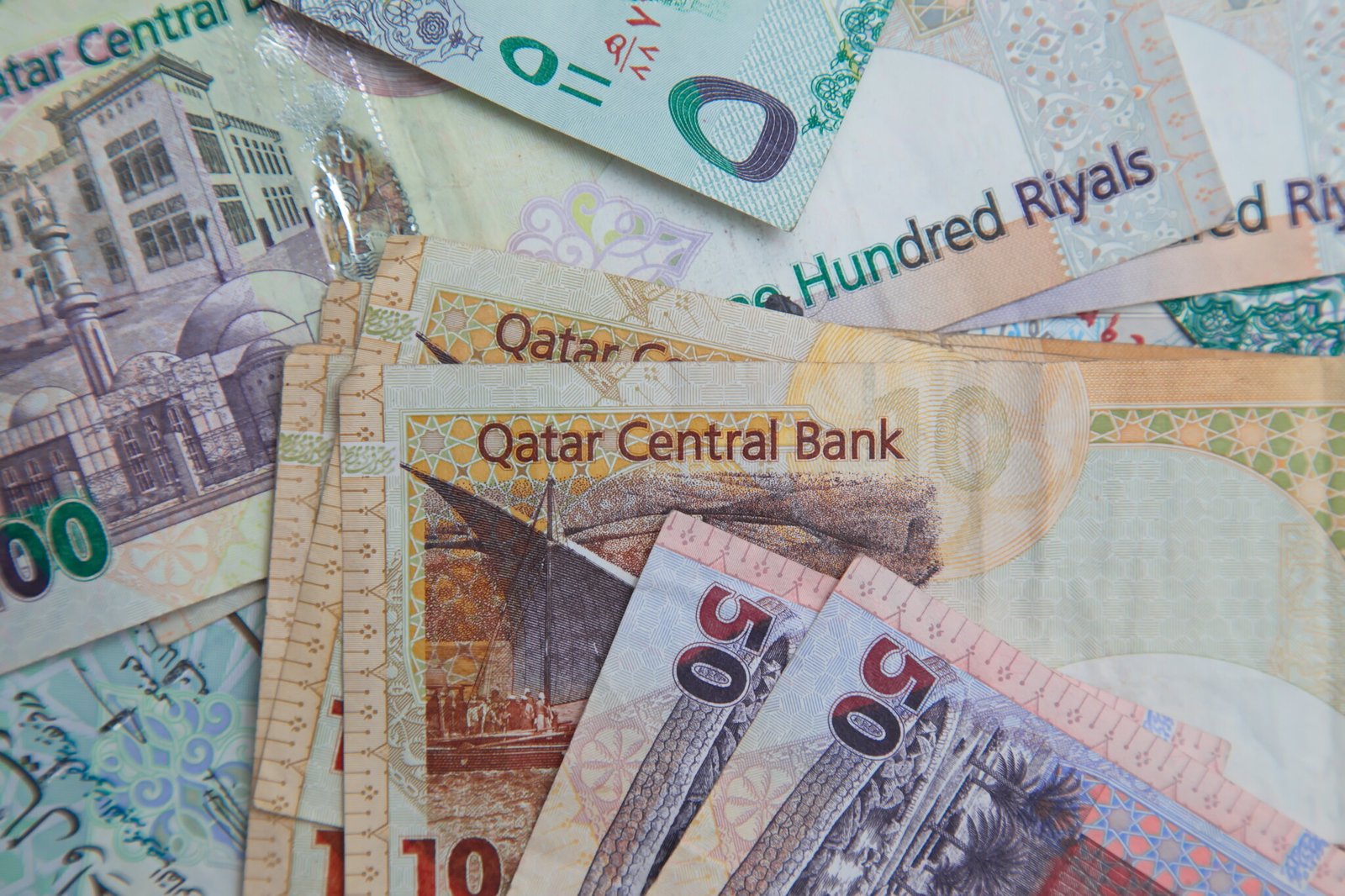Senior Research Analyst
Senior Research Analyst
Qatar is poised to make a comeback in Gaza. On July 10, Israeli media reported that Israel “tentatively agreed” to allow Qatar to help fund Gaza’s reconstruction once a future ceasefire comes into effect. Qatar’s participation in postwar reconstruction reportedly came at Hamas’s request, but Israeli negotiators stipulated that Qatar should not be the sole donor. If true, the emerging ceasefire would see Qatar reprise its role as Gaza’s benefactor, returning to an arrangement that enabled Hamas to strike in the first place.
Prior to Hamas’s October 7, 2023, atrocities, Qatar provided hundreds of millions of dollars in annual aid to Gaza. Doha began transferring monthly payments to Gaza in 2018, primarily to pay civil servants. Three suitcases stuffed with a combined $15 million arrived in Gaza in November 2018, and from there, the cash continued to flow. In 2021, Qatar increased its annual aid to $360 million.
The Israeli government blessed this arrangement under the assumption that the Qatari aid could moderate Hamas and help stabilize Gaza. “I’m doing everything I can in coordination with security experts to return calm to [Israeli] villages of the south, but also to prevent a humanitarian disaster [in Gaza],” Israeli Prime Minister Benjamin Netanyahu explained in 2018. “I think at this time, this is the right step.”
Multiple assessments released after Hamas’s October 7 massacre indicate that Qatar’s aid enabled, rather than moderated, Hamas. In March, Israel’s Shin Bet security agency published a report that identified “the flow of money from Qatar to Gaza and its delivery to Hamas’s military wing” as a reason why Hamas was able to amass offensive power ahead of October 7. A group of veteran American and Israeli intelligence officials reached a similar conclusion in April 2024. Their report, which drew on English, Arabic, and French sources, concluded that “Qatari funding and policies led directly to October 7” and that, contrary to Qatari claims, “the vast majority of funds Qatar was sending to Gaza were going to assist Hamas’s terror infrastructure, weapons, and training.”
Documents Israeli troops discovered during the war in Gaza corroborate these findings. For example, Hamas political chief Ismail Haniyeh reportedly told October 7 mastermind Yahya Sinwar in 2021 that Qatari Emir Sheikh Tamim bin Hamad Al Thani had “agreed in principle” to “discreetly” fund Hamas’s military operations. Haniyeh told Sinwar that “until now, $11 million has been raised from the emir for the leadership of the movement.”
It would be a mistake to rinse and repeat the failed policy of allowing Qatari cash into Gaza. The Trump administration may be comfortable with relying on Qatari mediators to broker a ceasefire, but Qatar’s involvement in the Gaza file must end there. Doha backed Hamas before October 7 and has done little to prove that it will correct course when the Gaza war ends. Qatari Prime Minister Sheikh Mohammed bin Abdulrahman Al Thani suggested as much during a January 2025 interview with Israel’s Channel 12 when he said that governance in Gaza “is a decision for the Palestinians to take,” signaling that Doha is on board with Hamas’s potential return to power. As negotiations for a Gaza ceasefire continue, the White House must ensure that the terms of a future deal leave Qatar out of Gaza. As October 7 demonstrated, the stakes are grave.
Natalie Ecanow is a senior research analyst at the Foundation for Defense of Democracies (FDD). For more analysis from Natalie and FDD, please subscribe HERE. Follow Natalie on X @NatalieEcanow. Follow FDD on X @FDD. FDD is a Washington, DC-based, nonpartisan research institute focusing on foreign policy and national security.
Keep Qatari Money Out of Post-War Gaza – Foundation for Defense of Democracies



